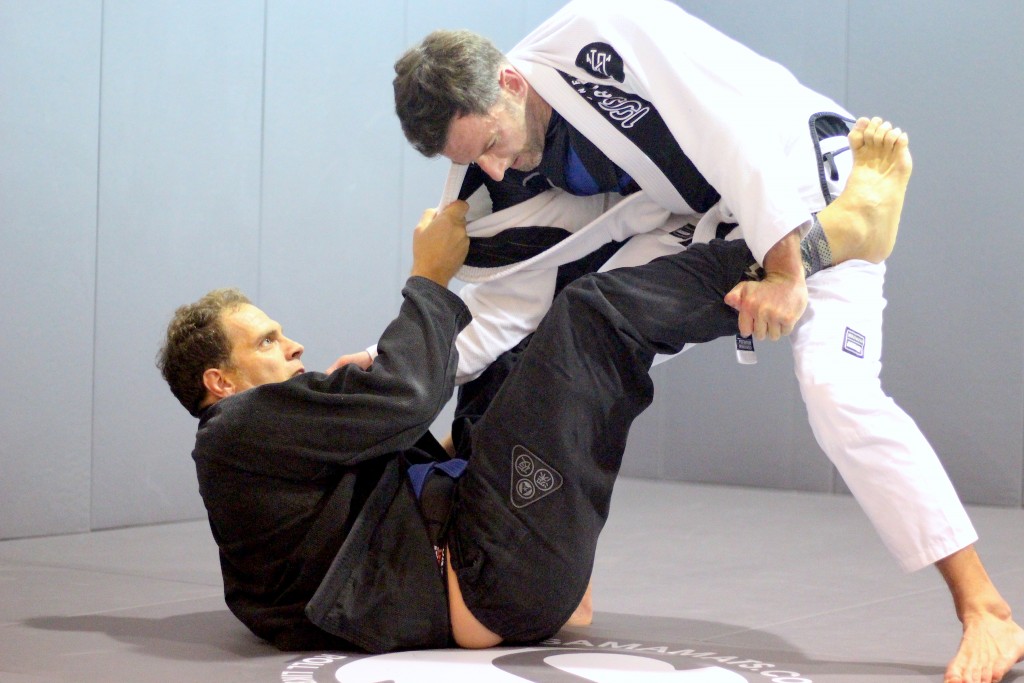I have a question for you… Let say, you’re in the last minute of a Jiu Jitsu match, and the score is tied. If it goes to a decision, the referee could easily pick your opponent.
What do you do?
If your answer is “I’d set up my favourite sweep”, then you’ll probably run out of time. If your answer is “I’d submit my opponent”, why haven’t you already?
Regardless of whether you’re a black belt world champion or 4 stripes white belt, anyone can give you problems for a minute. You need a reliable way to score points when it counts late in the fight.
One thing that I regularly see missing from the games of many good, technical BJJ players is explosive, points-targeted techniques for use at the end of a match to score immediately.
Technical players want to take their time and set up their points carefully, which is great— until there’s only 1 minute left in the match and you need to score to win.
In this article, I’m going to share with you some of the best ways to score late in a fight.
The first one of these techniques is the collar drag. The collar drag is a great technique for this situation because it’s so powerful, particularly against opponents who are immobile, stiff, or stalling.
But it’s also a technique that is easy to do wrong. If you do the collar drag wrong, you might easily find yourself accidentally in the bottom of side control.
The easiest way to master the collar drag is from a seated position, but once you’ve got it, it’s applicable across a whole array of situations.
To learn the power of the collar drag the watch videos below now:
Technique #1: The Basic Collar Drag
Technique #2: Collar Drag Against A Standing Opponent
Technique #3: Collar Drag From Standing
It’s easy to get tired when you’re fighting a skilled guard player that frustrates your every move. When you get tired (like at the end of a match), kneeling and taking a break can seem like a good idea.
However, kneeling will give your opponent a great opportunity to score with something like the collar drag or ankle pick.
The ankle pick is like the yin to the collar drag’s yang. If you start with one technique your opponent’s reaction will set up the other.
Late in a match, the ankle pick and collar drag combination is a great way to score some fast points. Check out the videos below to learn two variations of the ankle pick:
Technique #4: The Basic Ankle Pick
Technique #5: Ankle Pick Against Kneeling Opponent
One of the most common questions people have is about the “technique” of the ankle pick — but there isn’t a whole lot of technique involved.
The ankle pick is more about recognising a lull in your opponents passing momentum and bowling them over with your hands, arms, shoulders, face, or whatever else is handy.
Getting the technique right for the ankle pick is easy, but the timing can be hard. Like the collar drag, the only way to get good at the ankle pick is to pressure test it in sparring over and over again.
Don’t forget your Free membership…
While you’re here… don’t forget to sign up for your FREE membership to Escapology Online.
You get access to a selection of carefully selected instructionals and eBooks that will improve your Jiu Jitsu.
Click the button below to get your Free membership now:

